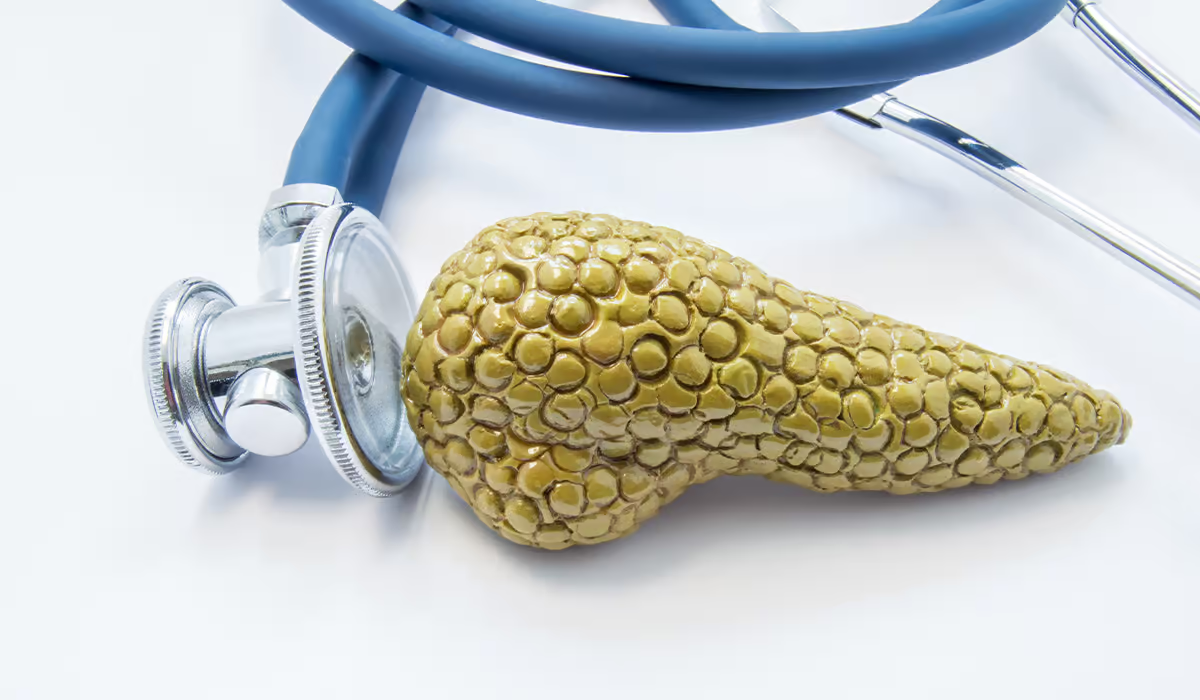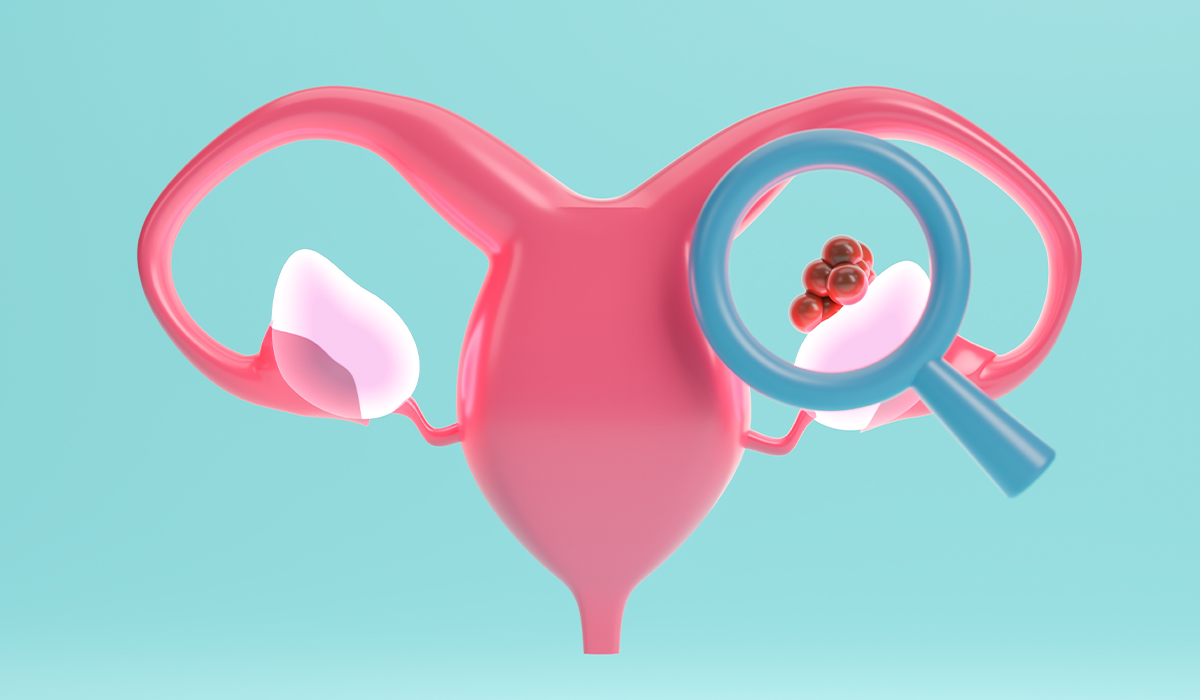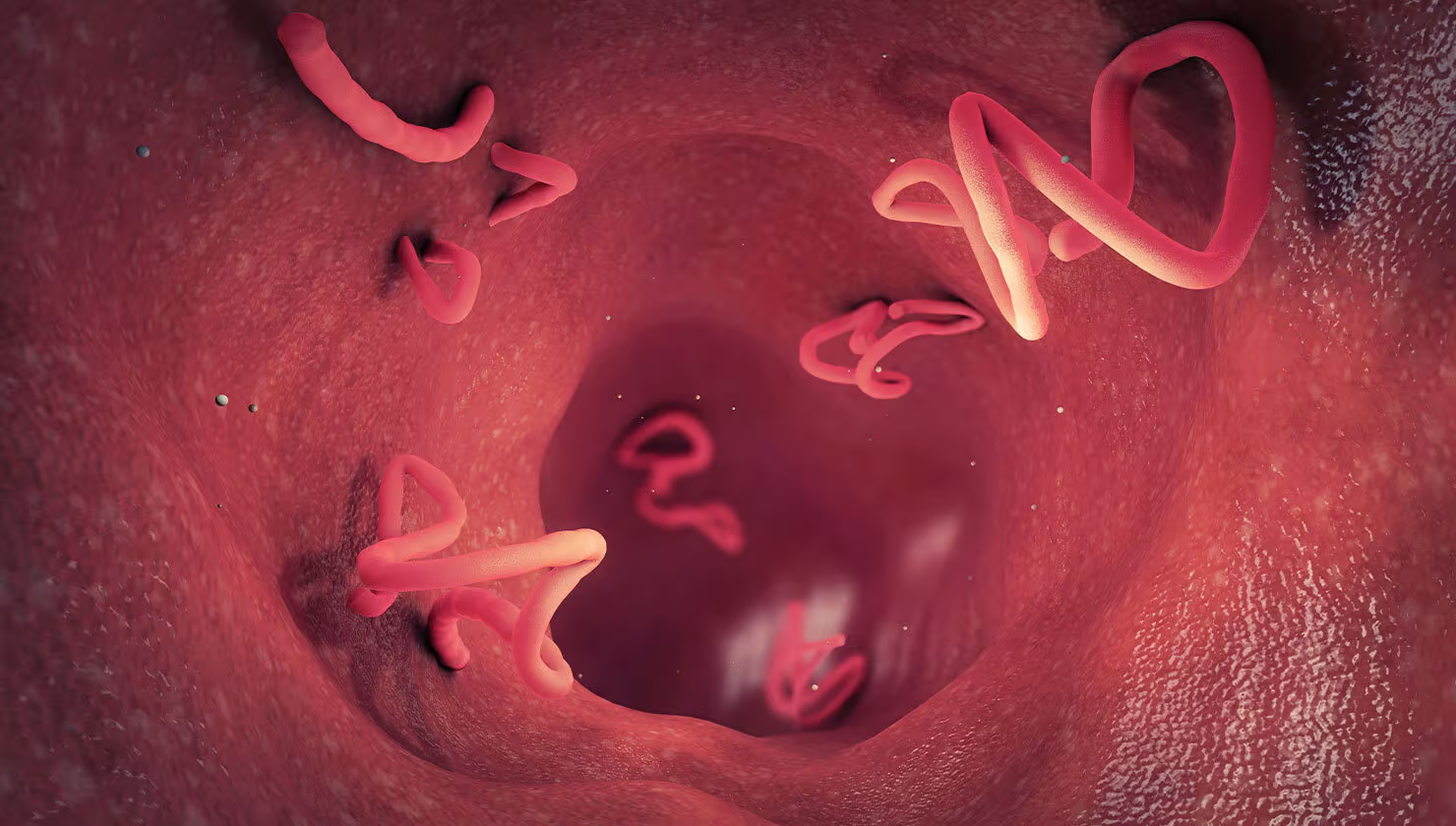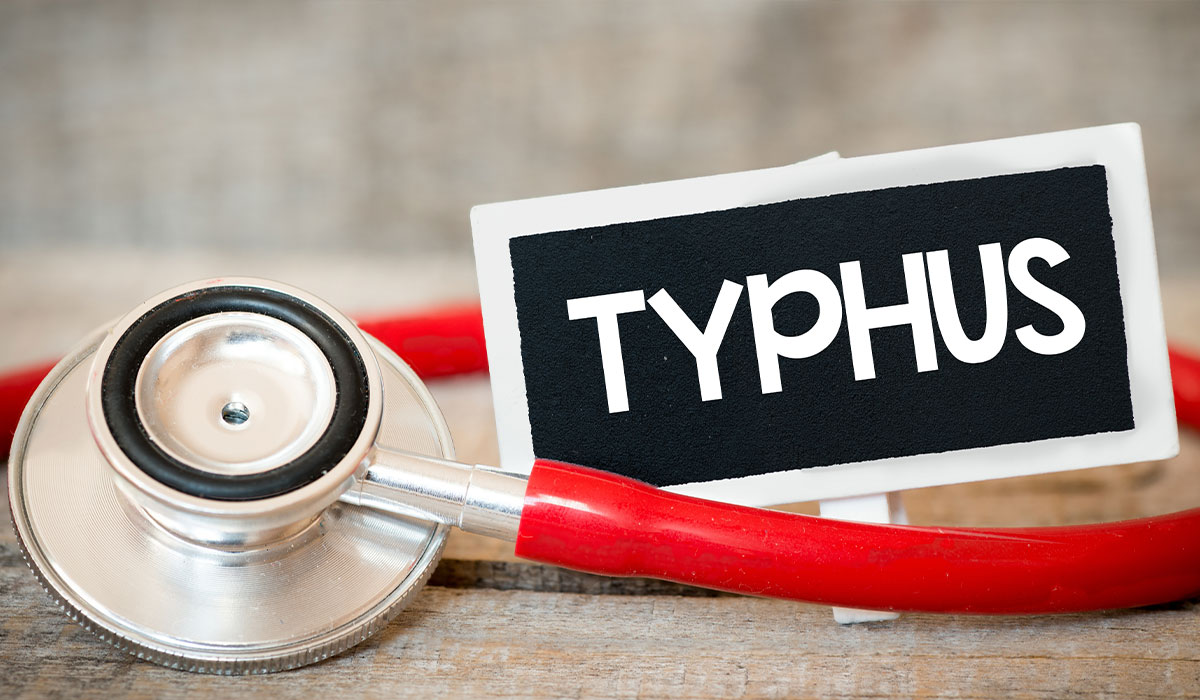- Systolic pressure is the highest pressure that prevails in the circulatory system. It is measured during the contraction of the heart’s ventricles – maximum blood ejection.
- Diastolic pressure – is recorded just before the discharge of blood from the heart and is the lowest pressure that can be recorded in the arteries.
- an incorrect diet rich in fats and excessive amounts of sodium
- obesity and overweight
- older age
- lack or insufficient amount of physical activity
- stress
- premature cardiovascular disease in the patient’s family
- kidney disease
- arterial disease – renal artery stenosis is one of the most common causes of secondary hypertension
- Obstructive sleep apnea – a disease in which breathing stops or becomes shallow during sleep. Apnea recurs many times during each hour of sleep, causing numerous harmful consequences, including high blood pressure, fatigue, and concentration problems.
- congenital aortic stenosis (narrowing of the aorta)
- Primary hyperaldosteronism (Conn’s disease) is caused by the overproduction of aldosterone in the adrenal glands. Aldosterone is a hormone that causes the body to retain water and sodium, significantly increasing blood pressure.
- A pheochromocytoma is usually a harmless tumor of the adrenal glands that produces adrenaline and noradrenaline, which results in high blood pressure.
- Drugs and chemicals (birth control, NSAIDs)
- headache
- dizziness
- tiredness
- nose bleeding
- sleep disorders
- restlessness
- heart complaints – with hypertension, you can feel heart palpitations, a feeling of pressure or tightness in its area
- shortness of breath
- It is essential to investigate the possibility of any organ complications when diagnosing a patient with hypertension. This is so that any potential damage to the body which could have arisen from the condition can be identified to provide effective treatment.
- echocardiography of the heart – a test that helps determine the condition of the heart and any hypertrophy of its walls that may be a consequence of hypertension
- ultrasound of the carotid and renal arteries
- eye examination
- laboratory tests: potassium concentration, blood count, sodium concentration, glucose, and creatinine. In some patients, cholesterol and general urine tests are indicated.
- Measure your blood pressure in a sitting position after at least five minutes of rest.
- Smoking cigarettes, drinking coffee, and physical activity half an hour before the measurement disturbs its result.
- The forearm of the hand is best placed on a flat surface at the level of the heart.
- The back should be straight.
- The feet must be on the floor.
- Measure twice, a minute apart; if the outcomes are considerably different, obtain a third measurement.
- Write down the results for your next doctor’s appointment.
- weight loss in case of obesity and overweight,
- an adequate diet with reduced salt content (consumption of more than 5 grams of salt per day contributes to an increase in blood pressure),
- undertaking physical activity (regular physical activity can lower blood pressure by 5-7 mm Hg),
- quit smoking,
- reducing alcohol consumption,
- stress reduction.
- Drugs that remove fluid and electrolytes (such as sodium and potassium), called diuretics (water pills),
- medicines that inhibit the production or action of angiotensin, a substance that causes blood vessels to constrict and thus increases blood pressure,
- drugs that slow the heart rate,
- drugs that dilate blood vessels and hence lower the pressure in them.
- Reducing overweight and maintaining a healthy weight (waist circumference <80 cm in women, <94 cm in men, BMI <25 kg/m2).
- A diet that follows the Mediterranean style and involves cutting down on saturated fats and meat. The Mediterranean diet is based on products such as vegetables, fruits, olive oil, fish, and cereals.
- Reduction of sodium intake to less than 5 grams of sodium chloride per day.
- Limit alcohol consumption.
- Physical activity: regular aerobic exercises like cycling or swimming for about 30 minutes most weekdays.
- Not smoking – Abstaining from smoking can significantly increase the chances of avoiding high blood pressure.
- Mills KT, Stefanescu A, He J. The global epidemiology of hypertension (2020) https://www.ncbi.nlm.nih.gov/pmc/articles/PMC7998524/
- Lee JH, Park JH. Role of echocardiography in clinical hypertension. Clin Hypertens. (2015) https://www.ncbi.nlm.nih.gov/pmc/articles/PMC4750785/
- World Health Organization Hypertension (2023) https://www.who.int/news-room/fact-sheets/detail/hypertension
- National Heart, Lung, and Blood Institute High Blood Pressure Diagnosis (2022) https://www.nhlbi.nih.gov/health/high-blood-pressure/diagnosis
- Hegde SM, Solomon SD. Influence of Physical Activity on Hypertension and Cardiac Structure and Function (2015) https://www.ncbi.nlm.nih.gov/pmc/articles/PMC4624627/
- World Health Organization (WHO) Salt reduction (2020) https://www.who.int/news-room/fact-sheets/detail/salt-reduction
- Mario Naranjo; Shaylika Chauhan; Manju Paul. Malignant Hypertension (2022) https://www.ncbi.nlm.nih.gov/books/NBK507701/
- Harvard Health Publishing Tips to measure your blood pressure correctly (2023) https://www.health.harvard.edu/heart-health/tips-to-measure-your-blood-pressure-correctly
- Gary Tackling; Mahesh B. Borhade Hypertensive Heart Disease (2022) https://www.ncbi.nlm.nih.gov/books/NBK539800/
- Picariello C, Lazzeri C, Attanà P, Chiostri M, Gensini GF, Valente S. The impact of hypertension on patients with acute coronary syndromes (2011) https://www.ncbi.nlm.nih.gov/pmc/articles/PMC3124673/
- Wajngarten M, Silva GS. Hypertension and Stroke: Update on Treatment (2019) https://www.ncbi.nlm.nih.gov/pmc/articles/PMC6659031/
- National Insitute of Diabetes and Digestive and Kidney Diseases High Blood Pressure & Kidney Disease (2020) https://www.niddk.nih.gov/health-information/kidney-disease/high-blood-pressure
- American Academy of Ophthalmology Hypertensive Retinopathy (2023) https://eyewiki.aao.org/Hypertensive_Retinopathy
- National Health Service Blood pressure test (2023) https://www.nhs.uk/conditions/blood-pressure-test/
- Sharana Hegde; Intisar Ahmed; Narothama R. Aeddula. Secondary Hypertension (2023) https://www.ncbi.nlm.nih.gov/books/NBK544305/
- Pioli MR, Ritter AM, de Faria AP, Modolo R. White coat syndrome and its variations: differences and clinical impact (2018) https://www.ncbi.nlm.nih.gov/pmc/articles/PMC6233698/
- Centers for Disease Control and Prevention High Blood Pressure During Pregnancy (2023) https://www.cdc.gov/bloodpressure/pregnancy.htm
- Centers for Disease Control and Prevention Prevent High Blood Pressure (2023) https://www.cdc.gov/bloodpressure/prevent.htm
- Heidari B, Avenatti E, Nasir K. Pharmacotherapy for Essential Hypertension: A Brief Review (2022) https://www.ncbi.nlm.nih.gov/pmc/articles/PMC9733188/
- Centers for Disease Control and Prevention High Blood Pressure Symptoms and Causes (2021) https://www.cdc.gov/bloodpressure/about.htm
These are the two values you see as the result of your blood pressure measurement – the higher number is the systolic pressure, and the lower is the diastolic pressure.
Blood pressure measurements conducted at two or more visits to a medical professional may be used to diagnose hypertension if the mean values of the readings are 140 mmHg or higher for systolic pressure and 90 mmHg or greater for diastolic pressure. The ideal blood pressure is 120/80 mm Hg.
| Category | Systolic pressure | Diastolic pressure |
| Optimum blood pressure | <120 | <80 |
| Normal blood pressure | 120 – 129 | 80 – 84 |
| High normal blood pressure | 130 – 139 | 85 – 89 |
| Grade I hypertension | 140 – 159 | 90 – 99 |
| Grade II hypertension | 160 – 179 | 100 – 109 |
| Grade III hypertension | ≥180 | ≥110 |
| Isolated systolic hypertension | ≥140 | <90 |
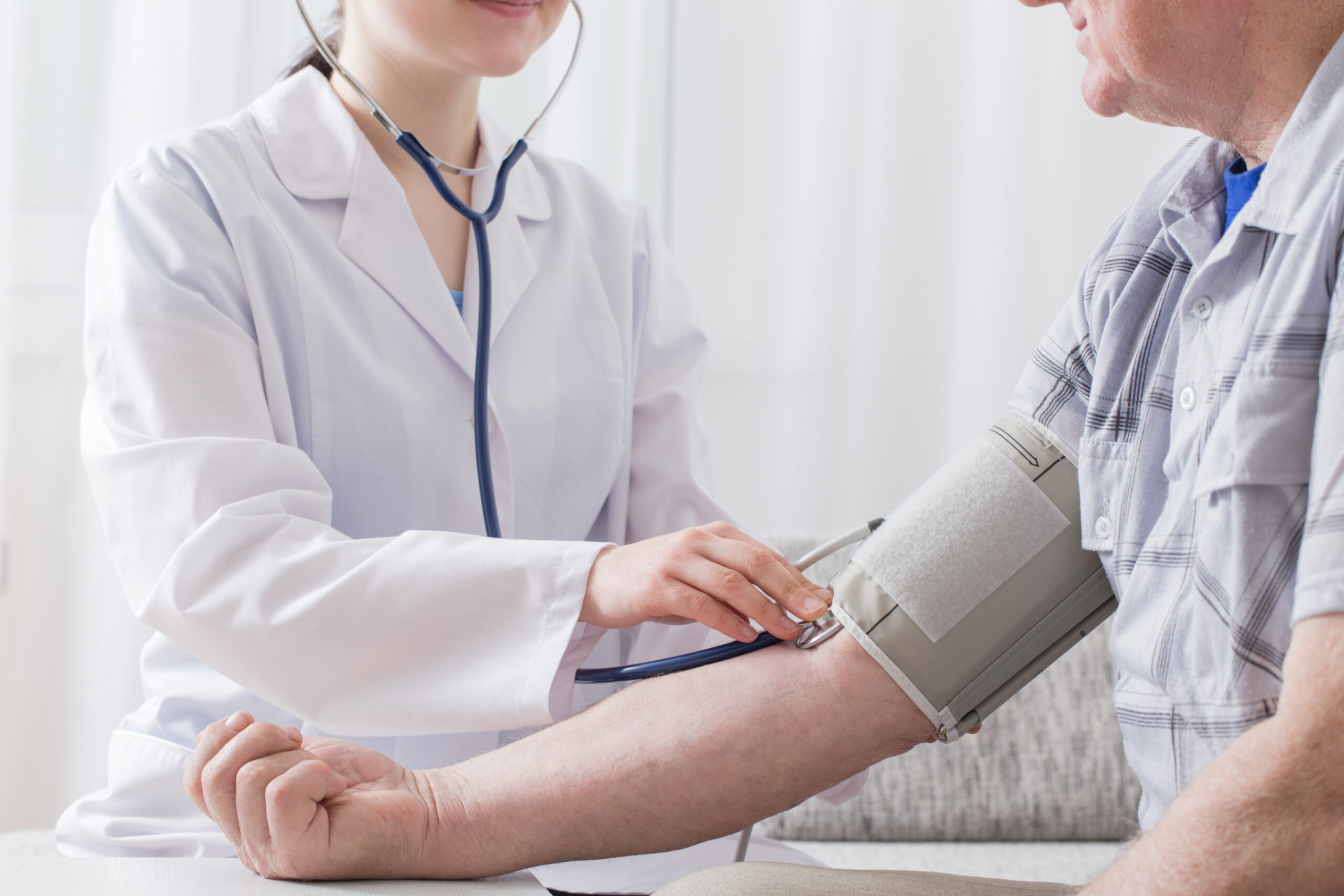
Hypertension is a lifestyle disease that remains the most critical risk factor for premature death worldwide.
Causes
The condition can be either primary (essential) or secondary. More than 90 percent of all adults with hypertension are diagnosed with primary hypertension, meaning the exact cause cannot be identified. Both environmental and genetic factors are believed to contribute to primary hypertension.
In children, the proportions of secondary and primary hypertension are reversed.
Risk factors that increase the likelihood of developing essential hypertension include:
The cause of secondary hypertension is easier to identify because it is caused by an already existing disease that affects another organ or large arteries.
Secondary hypertension can be caused by:
Symptoms
Hypertension usually doesn’t give any symptoms for many years. In most people, symptoms do not appear until organ damage has developed. Some symptoms can also occur with other diseases, so they are called non-specific for hypertension.
Hypertension can manifest as:
Diagnosis
How does a doctor diagnose hypertension? The diagnosis is made if, on two separate doctor visits, the measured blood pressure values are equal to or higher than 140 mmHg for systolic pressure and 90 mmHg for diastolic pressure.
Sometimes, suppose the doctor suspects white coat syndrome (that is, situations in which blood pressure values are high in the doctor’s office due to the stress of a doctor’s visit). In that case, the patient is asked to take several measurements at home and report the results at the following visit.
Testing to determine the presence of hypertension may include other evaluations as well. These may include:
It is important to remember that a person with hypertension has an increased risk of cardiovascular disease, at risk of developing atherosclerosis, heart attack, or stroke. Therefore, even if it does not give any symptoms and does not affect daily functioning, it should always be taken seriously, follow the doctors’ recommendations, and take medication regularly.
How to correctly measure blood pressure at home?
Negative effects
If the pressure of the blood in the body remains high over a long period of time, the blood vessels become permanently harmed. This also applies to the blood vessels that nourish many vital organs, such as the eyes, kidneys, and brain.
High blood pressure is related to mortality and incidence of cardiovascular diseases:
Heart attract
Hypertension contributes to the development of atherosclerosis. It causes damage to the inside of the blood vessels and accelerates the development of atherosclerotic lesions. Atherosclerosis leads to the closing of the lumen of the blood vessel that nourishes the heart (coronary vessel), which causes a heart attack.
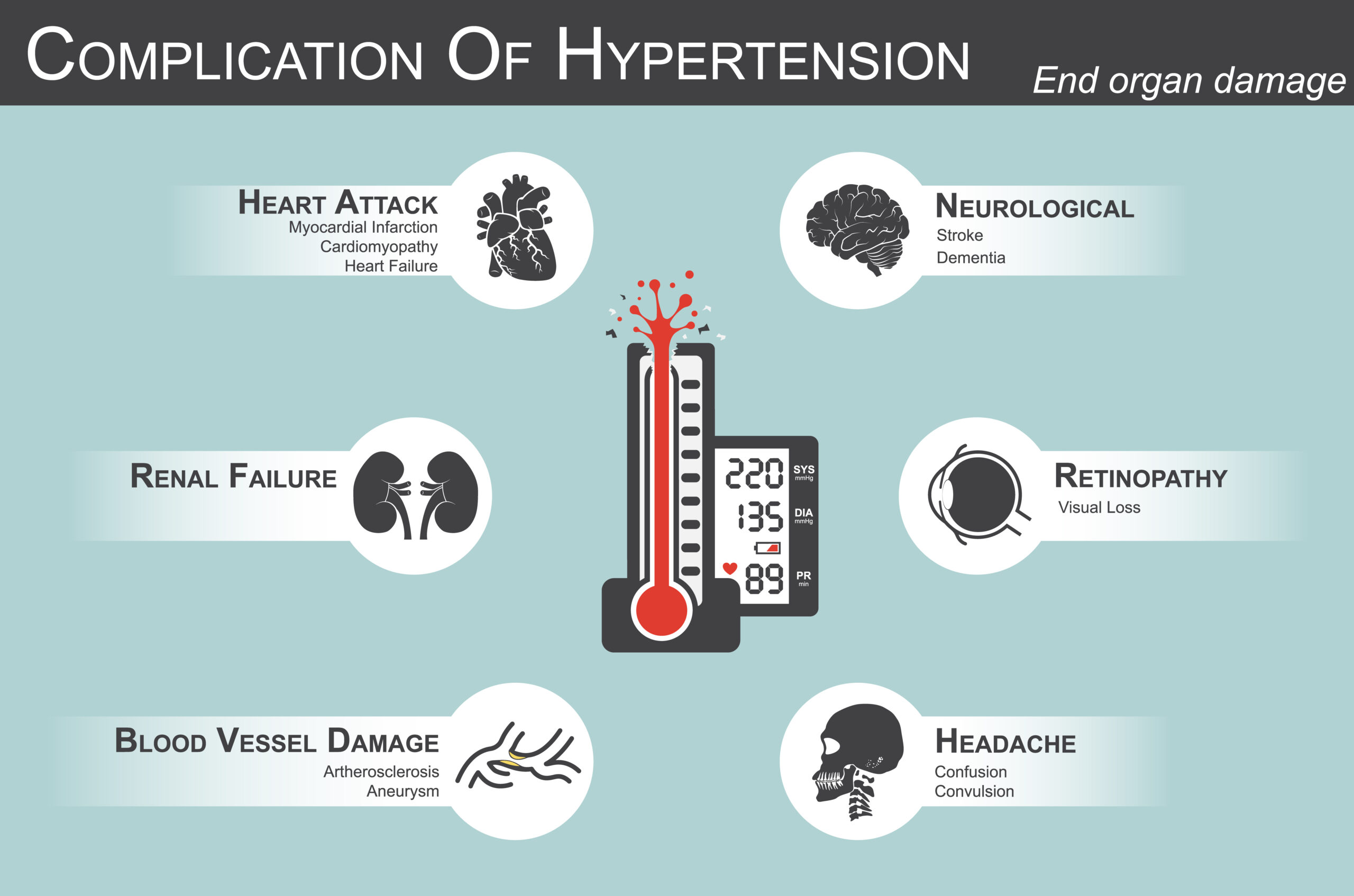
Stroke
Hypertension is a substantial risk factor for strokes. High blood pressure increases the risk of ischemic stroke by promoting the development of large-vessel atherosclerosis and disease of small blood vessels of the brain.
Besides ischemic strokes, high blood pressure also plays a role in causing brain bleeding. Suppose a blood vessel in the brain is weakened (either by a congenital abnormality or disease). In that case, the accompanying high blood pressure can cause this vessel to rupture and cause a cerebral hemorrhage.
Heart failure
With chronic high blood pressure, the heart is under chronic strain. To deal with this too-high pressure, it increases the number of its cells, causing the heart’s overgrowth. However, this is not a beneficial phenomenon because it increases the heart’s demand for energy and oxygen, causes stiffening of the heart, hinders full diastole, and hinders the flow through the coronary arteries, leading to the formation of ischemic areas.
Kidney failure
Hypertension is one of the most common causes of chronic kidney disease. This condition is called hypertensive nephropathy.
Untreated or persistent hypertension damages the blood vessels of the kidneys and their glomeruli (blood-filtering structures of the kidney), causing fibrosis. This process impairs the excretion of excess water, electrolytes, and metabolic products from the body, resulting in the successive formation of edema, increased blood pressure, and deterioration of the heart muscle. As a result, hypertension progresses, and the kidneys may fail.
Eye disease
Hypertension can lead to complications in the organ of vision. The most well-known is damage to the retinal vessels and the retina itself called hypertensive retinopathy. It is worth remembering, however, that unregulated hypertension can also damage other structures of the eye – the vascular membrane and the optic nerve. Effects can include blurry vision, distorted straight lines, and problems seeing certain areas of the visual field.
The extent of organs that can be damaged during hypertension is why people often learn about hypertension accidentally – sometimes from an ophthalmologist or neurologist or when kidney problems appear.
The worst possibility is when the first signal is a heart attack or stroke. In patients with hypertension, a heart attack occurs up to 5 times more often and strokes to the brain four times more often than in healthy people.
Therefore, even when nothing is wrong with us, it is worth measuring your blood pressure at least once a year to ensure the circulatory system works correctly.
Treatment
Treatment of high blood pressure is mainly aimed at preventing the consequences that the disease can lead to.
The method of treatment is mainly determined by the level of blood pressure, type of hypertension, presence of comorbidities, company and kind of possible complications, damage to internal organs, and the patient’s age.
Initial treatment is limited to lifestyle changes when a patient has mild hypertension and no risk factors. Pharmacological treatment is finally initiated if lifestyle changes do not bring the expected results.
Lifestyle changes to treat high blood pressure include:

In cases where blood pressure is high or very high (grades 2 and 3), it is necessary to introduce antihypertensive drugs and modify risk factors and lifestyle.
Pharmacological treatment is not used in people with normal but elevated blood pressure and young people with isolated systolic hypertension. In the case of the latter, constant monitoring is necessary.
Various antihypertensive (lowering blood pressure) drugs can be used in the treatment. Medications used to treat high blood pressure have different effects:
Each type of medication has a similar effect on reducing blood pressure. However, the decision about which one to use is always made by a doctor who considers additional factors (age, sex, other diseases) and selects the drug that best suits your case.
Specific forms of hypertension
White coat syndrome
The white coat syndrome is an uncontrolled patient reaction during blood pressure measurement in the presence of medical personnel. For this reason, there is a difference in the results of blood pressure measurement – high results of office measurements and good results at home. This phenomenon does not require treatment.
Hypertension in pregnant women
Gestational hypertension is an increase in blood pressure above 140/90 first detected after the 20th week of pregnancy and returning to normal within 12 weeks after delivery. The final diagnosis is made after delivery.
The cause of gestational hypertension is unknown, but unless it is complicated by pre-eclampsia, it is usually not dangerous to mother and baby.
Resistant hypertension
Resistant hypertension is defined as blood pressure that remains above the target values despite the simultaneous use of 3 antihypertensive drugs from different classes (including diuretics) in optimal doses.
Malignant hypertension
Malignant hypertension is the most severe form of hypertension, characterized primarily by high systolic and diastolic blood pressure, the development of particularly extreme changes in the blood vessels of the retina (the part of the eye responsible for vision), and the rapid progression of organ complications – especially the development of heart failure, renal failure or encephalopathy.
How to prevent the development of hypertension?
There is strong evidence that making lifestyle changes can help prevent high blood pressure. Modifications that should be made are:
Hypertension is a common and challenging disease. Its symptoms are usually unnoticed by patients, and the consequences of untreated hypertension can be brutal and irreversible. Nevertheless, routine monitoring of blood pressure and adopting a positive way of life can shield individuals from the dramatic results of this disease.
